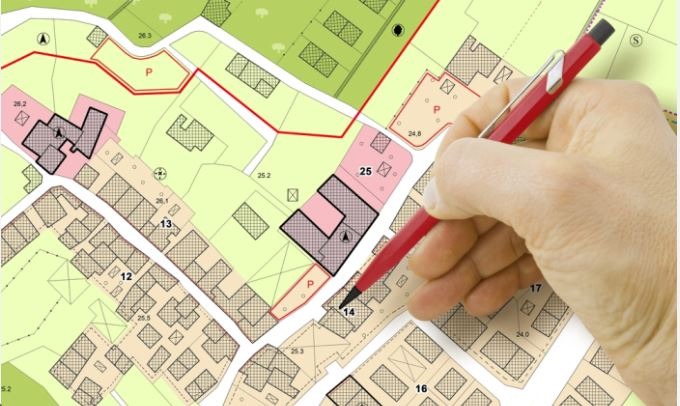Zoning Help
Printable Kits
Get templates to simplify your planning process.
What You’ll Learn Here:
The difference between zoning, building codes, and permits
Where tiny homes are most likely to be allowed
What questions to ask your local planning department
Zoning terms decoded: ADU, R1, unincorporated, conditional use, and more
Common red flags to watch out for
Tiny-Home-Friendly Zones
Not all places are created equal. We highlight:
Tiny house havens (municipalities that allow THOWs or ADUs)
Counties with flexible codes (often rural or unincorporated areas)
Communities & co-ops that welcome tiny living
Coming soon: Interactive Zoning Map
Ask Smart, Plan Smart
Use our free “Zoning Call Checklist” to guide your first call or visit to a planning office. It covers:
What type of dwelling you're asking about
What kind of land it's going on (and zoning category)
Utilities, foundations, size limits, and mobile structures
What permits might be required
[Download Zoning Call Checklist (PDF)]
Understand the Rules Before You Build or Park
Zoning is one of the most confusing — and critical — parts of going tiny. Whether you're planning to live in a tiny house on wheels, convert a van, or place a small structure on land, zoning laws and building codes will determine what's legal and where.
We’re here to help you untangle the red tape, ask the right questions, and take smart steps forward.




Zoning Codes That May Work for Tiny Living
These are often the most flexible or most promising for people going tiny:
CodeStands ForWhat It Typically Means
AG-AgriculturalLarge lots, fewer neighbors, often allows mobile homes or off-grid setups. Great for tiny homes.
RURural UseLike AG, often found in unincorporated areas with fewer restrictions.
MHMobile HomeSpecifically allows mobile/manufactured homes—THOWs may be accepted with conditions.
RCRural ConservationMay allow for low-density housing or alternative builds with special permits.
FRForest ResidentialCommon in mountain/wooded areas; may allow for cabins or alternative housing.
A-1Agricultural-1Similar to AG; often used for farming or large-lot rural housing.
ARAgricultural-ResidentialA mix of farming and residential use. Can be tiny-home friendly with proper conditions.
Sometimes OK (Depends on Local Rules)
These might work if the county is open-minded or allows Accessory Dwelling Units (ADUs) or Conditional Use Permits:
CodeStands ForWhat It Typically MeansR1Residential Single-FamilyUsually one house per lot, but some areas allow ADUs or guest homes. Tiny homes on foundations may be allowed.R2Two-Family ResidentialDuplexes are allowed. A tiny home might be allowed as a second dwelling.R3–R5Multi-Family ResidentialApartment zoning. May be less helpful unless you’re doing clustered tiny units.ADUAccessory Dwelling UnitNot a zone, but a type of home. These can often be tiny homes next to a main house.MUMixed UseAllows residential and commercial. May work if you want a live/work tiny setup.
Zoning Codes That Are Usually Not a Fit
These zones are generally not suitable for tiny homes:
CodeStands ForWhy Not?C1–C3CommercialBusiness use only—residential use often prohibited.INDIndustrialFor factories or storage, not homes.OSOpen SpaceParks, wetlands, or conservation land—not for development.
Pro Tips for Shopping Land
Use filters: Some land platforms let you filter by zoning (e.g., “Agricultural”).
Contact planning early: A quick call or email can save weeks of guesswork.
Look for unincorporated land: These areas are not under city rules, often more flexible.
Search for “Tiny Home Communities”: Some already have zoning and hookups figured out.
Ask about utility options: Especially if you plan to go off-grid.
Want the PDF Version?
Grab our printable version with zoning codes, definitions, and planning questions:
Decoding Zoning Codes:
What to Look for When Buying Land
If you’ve ever gone on Zillow, Redfin, or LandWatch to find your future tiny home spot, you’ve probably seen confusing codes like R1, AG, RU, or MH. But what do they mean — and which ones are actually tiny-home friendly?


Quick Tip:
Zoning codes vary by county and city, so R5 in Texas might not mean the same thing as R5 in Oregon. Always double-check with the local planning department before making a decision.
